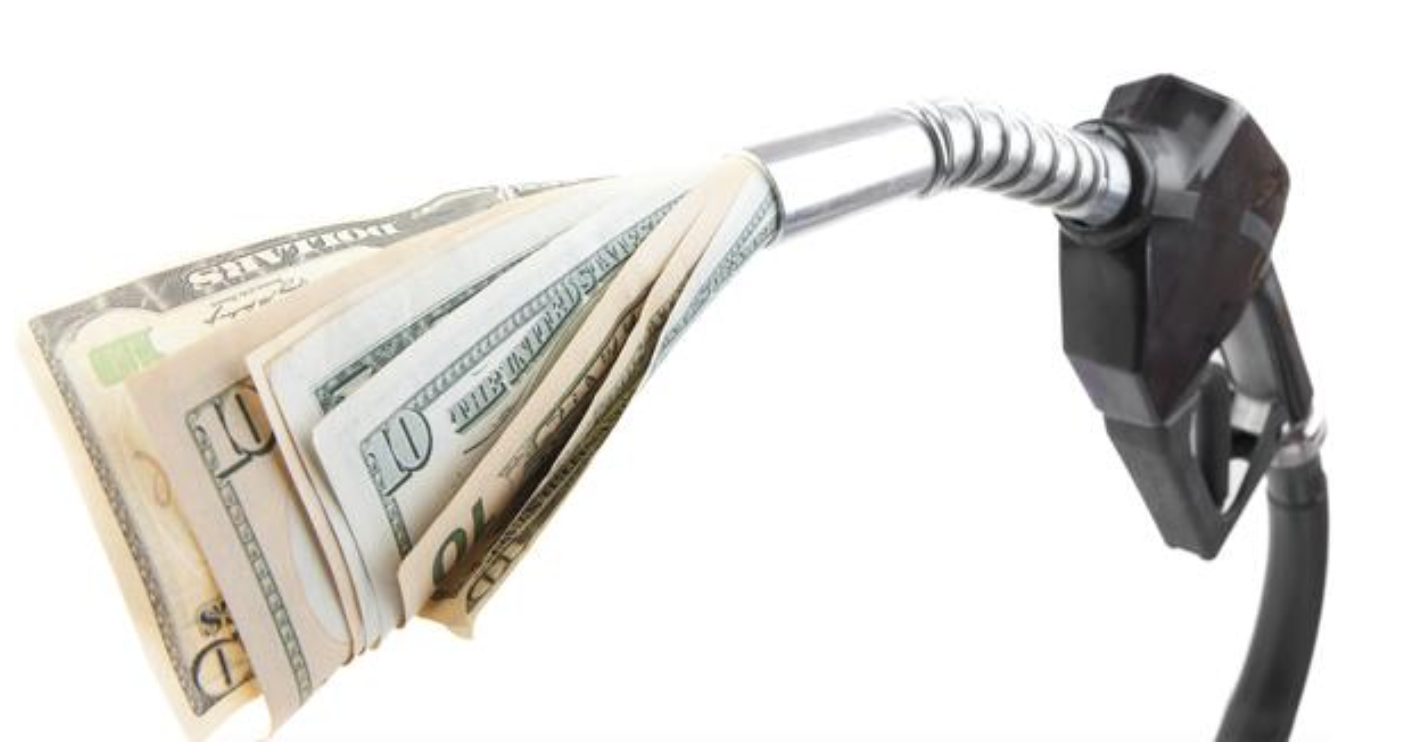Pipeline Outage and Refinery Maintenance Drive Surge
Drivers in Oregon and Washington are facing some of the steepest gas price hikes in the nation, with averages surging well above the national norm. According to AAA, the sharp increase stems from a combination of factors: an outage on the Olympic Pipeline, planned and unplanned refinery maintenance in Washington and California, and the seasonal shift from summer-blend to winter-blend fuel.
The 400-mile Olympic Pipeline, which carries refined petroleum products from Washington refineries to distribution terminals across the Pacific Northwest, including Portland, was taken offline around September 2. Although operations have since resumed, the temporary shutdown forced fuel to be delivered by barge — a slower and more expensive method. The result was tighter supply and higher wholesale prices, quickly passed on to consumers.
Oregon and Washington See Steepest Jumps
For the week ending September 16, Oregon’s statewide average for regular unleaded rose 15 cents to $4.29 per gallon, the state’s highest price since May 2024. Washington saw an even larger spike, climbing 16.5 cents to an average of $4.66 per gallon — the highest in the nation.
Also Read
By contrast, the national average slipped slightly to $3.19 per gallon. That leaves Oregon drivers paying more than $1 above the national average, while Washington drivers are paying nearly $1.50 more.
“These price spikes hit our region hard because supplies were already tight when the pipeline outage occurred,” said Marie Dodds, public affairs director for AAA Oregon/Idaho. “The transition to winter-blend fuel should bring some relief soon, potentially saving drivers 10 to 30 cents per gallon.”
How Seasonal Fuel Blends Impact Prices
Federal regulations require different blends of gasoline in summer and winter. Summer-blend fuel is designed to reduce evaporation and emissions in hot weather, but it costs more to produce. Winter-blend fuel, which can be sold in Oregon beginning September 15, is cheaper to refine and typically lowers prices at the pump in the fall.
However, California — a key player in the West Coast fuel market — mandates summer-blend fuel through October 31 in many regions. This staggered switch often contributes to higher West Coast gas prices during September and October compared with the rest of the country.
County-by-County Breakdown
AAA reports that 33 Oregon counties now have averages above $4 per gallon, up from 23 counties a week earlier. Some of the highest prices were recorded in:
-
Tillamook: $4.49
-
Wasco: $4.49
-
Harney: $4.49
-
Grant: $4.49
-
Multnomah (Portland area): $4.45
-
Washington County: $4.43
-
Josephine: $4.43
The lowest averages, while still elevated, were found in Umatilla ($4.05), Union ($4.02), and Polk ($4.07).
Market Forces and Global Factors
While refinery maintenance and pipeline disruptions explain much of the regional spike, global energy markets also play a role. Crude oil prices (West Texas Intermediate) have fluctuated between the low $60s and mid-$70s per barrel over the past year, spiking as high as $80.04 in January 2025 following geopolitical tensions in the Middle East.
Recent volatility has also been influenced by U.S. tariffs, OPEC+ decisions to boost production, and investor uncertainty over global demand. In April, crude prices dipped to $57.13 per barrel — the lowest since early 2021 — before rebounding.
With hurricane season still underway, analysts warn that a major storm striking the Gulf Coast could further disrupt fuel production and distribution, driving prices even higher.
Oregon vs. National Trends
Oregon’s average gas price started 2025 at $3.45 per gallon. By mid-September, it had climbed nearly 85 cents, peaking at $4.297 on September 13 and 14. The lowest price this year was recorded on January 2 at just under $3.45.
The national average began the year at $3.06 per gallon and is currently at $3.19. Its highest point so far in 2025 was $3.268 in early April.
These figures show that while gas prices have risen nationwide, Oregon and Washington continue to face disproportionate price pressure due to limited refinery capacity and unique regional supply constraints.
Gasoline Supply and Demand Shifts
The U.S. Energy Information Administration (EIA) reported that nationwide gasoline demand decreased from 9.12 million barrels per day to 8.51 million for the week ending September 5, nearly identical to levels a year earlier. Total domestic gasoline supply increased modestly from 218.5 million barrels to 219.9 million, while production dipped from 9.9 million barrels per day to 9.6 million.
Lower demand and rising supplies typically push prices down, but in the West, supply bottlenecks and infrastructure issues have outweighed these national trends.
Relief on the Horizon?
AAA and state officials expect some easing of prices in the coming weeks as winter-blend fuel becomes widely available and the Olympic Pipeline stabilizes operations. Prices typically decline to their lowest levels of the year in late fall and early winter before climbing again during spring refinery maintenance and the switch back to summer-blend fuel.
Still, the West Coast’s heavy reliance on a small number of refineries and critical infrastructure like the Olympic Pipeline means the region remains especially vulnerable to future disruptions.
The Bottom Line
For now, Oregon and Washington drivers are bearing the brunt of supply chain challenges, paying some of the nation’s highest gas prices. Relief may be on the way with the seasonal transition, but as long as global markets remain volatile and local infrastructure remains strained, the pain at the pumps is unlikely to disappear entirely.












